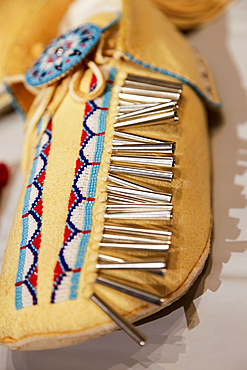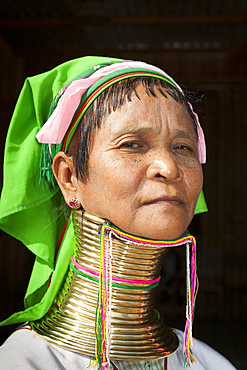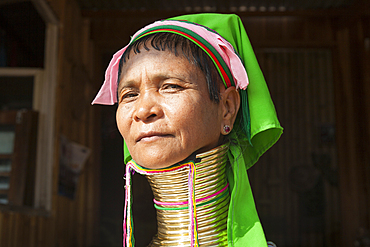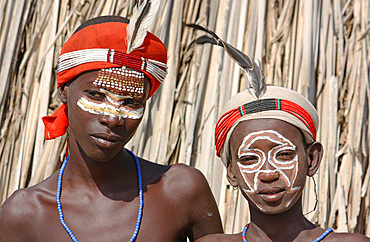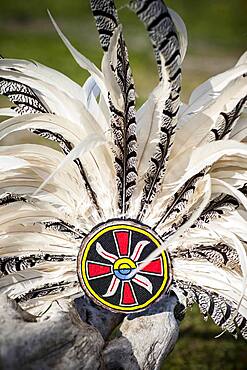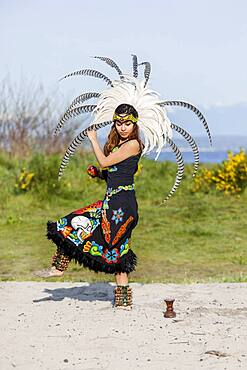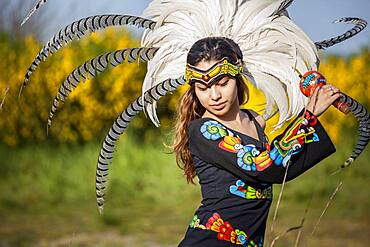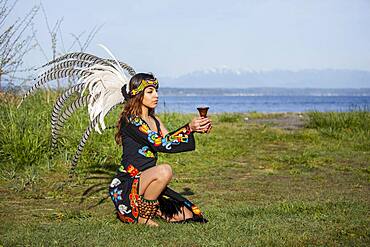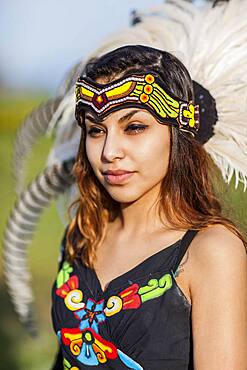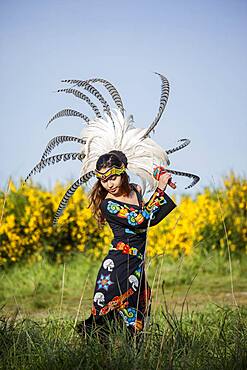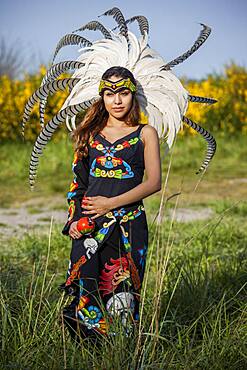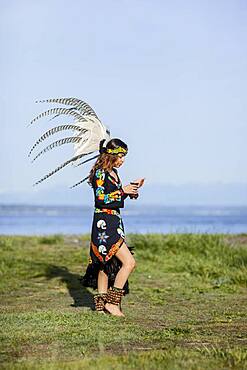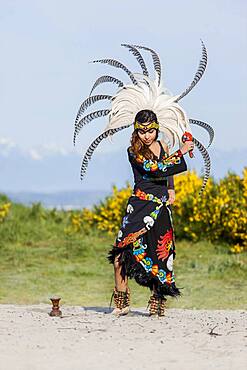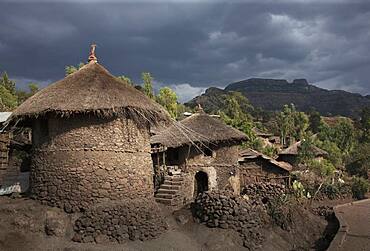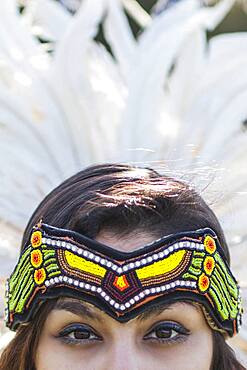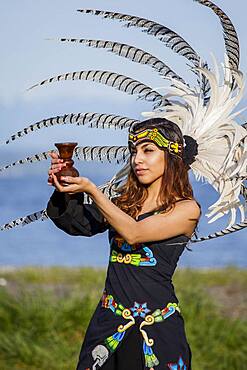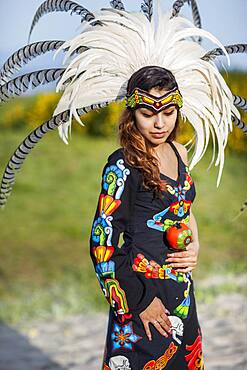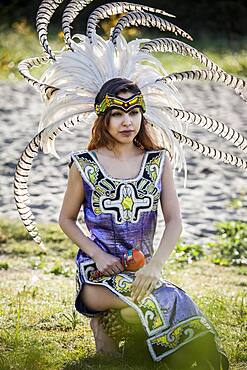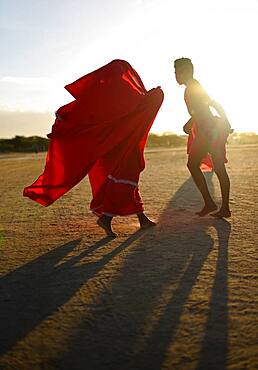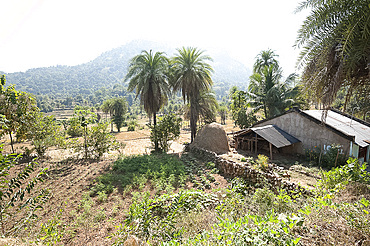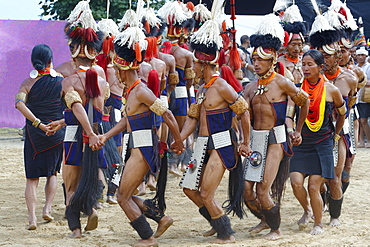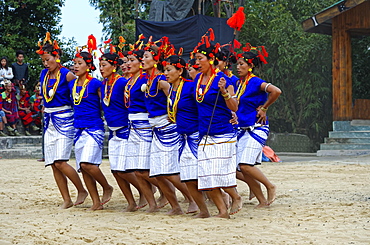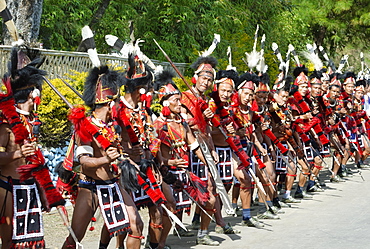Recent searches
Loading...
1178-40250 - Apache man and boy wearing traditional regalia
1178-40251 - Apache man wearing traditional regalia
1350-4904 - Woman with long neck from the Padaung tribe, Ywama village, Inle Lake, Shan State, Myanmar, (Burma)
1350-4861 - Woman with long neck from the Padaung tribe, Ywama village, Inle Lake, Shan State, Myanmar, (Burma)
1350-4731 - Model of Indians in reproduction Taino Indian village, Chorro de Maita, Banes, near Guardalavaca, Holguin Province, Cuba
1350-4713 - Young woman with long neck from the Padaung tribe, Ywama village, Inle Lake, Shan State, Myanmar, (Burma)
1350-4934 - Woman with long neck from the Padaung tribe, Ywama village, Inle Lake, Shan State, Myanmar, (Burma)
1113-106431 - Ethiopia; Southern Nations Region; southern Ethiopian highlands; two boys of the Arbore people; with with headdress and face painting; Arbore tribal area between Turmi and the village of Arbore
1350-3971 - Girl from the slum of Wiyoni department in the northern of the Lamu island in Kenya
1350-3974 - Family from the slum of Wiyoni department in the northern of the Lamu island in Kenya
1350-3975 - Cooking in the street in the slum of Wiyoni department in the northern of the Lamu island in Kenya
1350-3973 - Children from the slum of Wiyoni department in the northern of the Lamu island in Kenya
1178-33118 - Native American woman in traditional headdress performing ceremony
1178-33112 - Native American woman in traditional headdress performing ceremony
1178-33108 - Native American woman in traditional headdress performing ceremony
1178-33114 - Native American woman in traditional headdress performing ceremony
1178-33107 - Native American woman in traditional headdress performing ceremony
1178-33121 - Native American woman wearing traditional headdress
1178-33106 - Native American woman in traditional headdress performing ceremony
1178-33120 - Native American woman wearing traditional headdress
1178-33109 - Native American woman in traditional headdress performing ceremony
1178-33115 - Native American woman in traditional headdress performing ceremony
1178-33110 - Native American woman in traditional headdress performing ceremony
1178-33119 - Native American woman in traditional headdress performing ceremony
1178-33113 - Native American woman in traditional headdress performing ceremony
1178-33111 - Native American woman in traditional headdress performing ceremony
1178-33104 - Native American woman wearing traditional headdress
1178-33116 - Native American woman in traditional headdress performing ceremony
1178-33117 - Native American woman in traditional headdress performing ceremony
1178-33122 - Native American woman wearing traditional headdress
1178-33105 - Native American woman in traditional headdress performing ceremony
1350-1865 - Yonna dance, also called Chichamaya, carries a considerable symbolic charge for the Wayuu indigenous people of Colombia, representing three basic principles for this tribal group: Social equality, collective solidarity and the improvement of relations between the human being and the Cosmos.
1350-1859 - Yonna dance, also called Chichamaya, carries a considerable symbolic charge for the Wayuu indigenous people of Colombia, representing three basic principles for this tribal group: Social equality, collective solidarity and the improvement of relations between the human being and the Cosmos.
1350-1871 - Yonna dance, also called Chichamaya, carries a considerable symbolic charge for the Wayuu indigenous people of Colombia, representing three basic principles for this tribal group: Social equality, collective solidarity and the improvement of relations between the human being and the Cosmos.
1350-1860 - Yonna dance, also called Chichamaya, carries a considerable symbolic charge for the Wayuu indigenous people of Colombia, representing three basic principles for this tribal group: Social equality, collective solidarity and the improvement of relations between the human being and the Cosmos.
1350-1861 - Yonna dance, also called Chichamaya, carries a considerable symbolic charge for the Wayuu indigenous people of Colombia, representing three basic principles for this tribal group: Social equality, collective solidarity and the improvement of relations between the human being and the Cosmos.
1350-1862 - Yonna dance, also called Chichamaya, carries a considerable symbolic charge for the Wayuu indigenous people of Colombia, representing three basic principles for this tribal group: Social equality, collective solidarity and the improvement of relations between the human being and the Cosmos.
1350-1866 - Yonna dance, also called Chichamaya, carries a considerable symbolic charge for the Wayuu indigenous people of Colombia, representing three basic principles for this tribal group: Social equality, collective solidarity and the improvement of relations between the human being and the Cosmos.
1350-1870 - Yonna dance, also called Chichamaya, carries a considerable symbolic charge for the Wayuu indigenous people of Colombia, representing three basic principles for this tribal group: Social equality, collective solidarity and the improvement of relations between the human being and the Cosmos.
1350-1868 - Yonna dance, also called Chichamaya, carries a considerable symbolic charge for the Wayuu indigenous people of Colombia, representing three basic principles for this tribal group: Social equality, collective solidarity and the improvement of relations between the human being and the Cosmos.
1350-1858 - Yonna dance, also called Chichamaya, carries a considerable symbolic charge for the Wayuu indigenous people of Colombia, representing three basic principles for this tribal group: Social equality, collective solidarity and the improvement of relations between the human being and the Cosmos.
1350-2128 - Dancing show of polynesian dances on Paul Gauguin cruise ship. France, French Polynesia, Polynesian, South Pacific.
1350-2126 - Portrait of a old women in Huahine, Society Islands, French Polynesia, South Pacific.
1350-1869 - Yonna dance, also called Chichamaya, carries a considerable symbolic charge for the Wayuu indigenous people of Colombia, representing three basic principles for this tribal group: Social equality, collective solidarity and the improvement of relations between the human being and the Cosmos.
1350-2228 - Entertainment group singing in the Paul Gauguin cruise ship. France, French Polynesia, Polynesian, South Pacific.
1350-1863 - Yonna dance, also called Chichamaya, carries a considerable symbolic charge for the Wayuu indigenous people of Colombia, representing three basic principles for this tribal group: Social equality, collective solidarity and the improvement of relations between the human being and the Cosmos.
1350-1864 - Yonna dance, also called Chichamaya, carries a considerable symbolic charge for the Wayuu indigenous people of Colombia, representing three basic principles for this tribal group: Social equality, collective solidarity and the improvement of relations between the human being and the Cosmos.
1350-1867 - Yonna dance, also called Chichamaya, carries a considerable symbolic charge for the Wayuu indigenous people of Colombia, representing three basic principles for this tribal group: Social equality, collective solidarity and the improvement of relations between the human being and the Cosmos.
1350-2122 - Portrait of a old woman in Huahine, Society Islands, French Polynesia, South Pacific.
1350-2229 - Entertainment group singing in the Paul Gauguin cruise ship. France, French Polynesia, Polynesian, South Pacific.
1350-2127 - Dancing show of polynesian dances on Paul Gauguin cruise ship. France, French Polynesia, Polynesian, South Pacific.
805-402 - Saura tribal village in rural Orissa, hand winnowed rice drying in the central area, Orissan style haystacks behind, Orissa, India, Asia
805-403 - Vegetables growing in communal village plot in Saura tribal village, rural Orissa, India, Asia
805-404 - Communal village cattle threshing rice by walking on it in Saura tribal village, rural Orissa, India, Asia
1116-44582 - Arbore woman in Arbore Village, Omo Valley, Southern Nations Nationalities and Peoples' Region, Ethiopia
1116-44573 - Hamer women at the weekly market in Turmi, Omo Valley, Turmi, Southern Nations Nationalities and Peoples' Region, Ethiopia
1116-44580 - Hamer woman carrying a baby at a bull jumping ceremony, which initiates a boy into manhood, in the village of Asile, Omo Valley, Southern Nations Nationalities and Peoples' Region, Ethiopia
1116-44577 - Ari girl carrying bundle of brushwood, Jinka, Southern Nations Nationalities and Peoples' Region, Ethiopia
1116-44581 - Arbore children in Arbore Village, Omo Valley, Southern Nations Nationalities and Peoples' Region, Ethiopia
1116-44565 - Portrait of a senior woman from the Tanuu tribe, Taungyii, Shan State, Myanmar
1109-3570 - Man selling geese near Ranomafana, Haute Matsiatra Region, Madagascar, Africa
832-382311 - Tribal warrior in front of the roots of the banyan tree (Ficus benghalensis), Ekasup Cultural Village, Efate Island, Vanuatu, South Sea, Oceania
832-380008 - Tribal ritual dance at the Hornbill Festival, Kohima, Nagaland, India, Asia
832-380012 - Tribal ritual dance at the Hornbill Festival, Kohima, Nagaland, India, Asia
832-380009 - Tribal ritual dance at the Hornbill Festival, Kohima, Nagaland, India, Asia
832-380016 - Tribal ritual dance at the Hornbill Festival, Kohima, Nagaland, India, Asia
832-380010 - Tribal ritual dance at the Hornbill Festival, Kohima, Nagaland, India, Asia
832-380017 - Tribal ritual dance at the Hornbill Festival, Kohima, Nagaland, India, Asia
832-380013 - Naga tribal group performers standing in line to welcome Officials at the Hornbill Festival, Kohima, Nagaland, India, Asia
832-380014 - Tribal ritual dance at the Hornbill Festival, Kohima, Nagaland, India, Asia
832-380018 - Tribal ritual dance at the Hornbill Festival, Kohima, Nagaland, India, Asia
832-380015 - Tribal ritual dance at the Hornbill Festival, Kohima, Nagaland, India, Asia
832-380007 - Tribal ritual dance at the Hornbill Festival, Kohima, Nagaland, India, Asia
1111-35 - Portrait of Samburu tribe members dancing the traditional wedding dance at dusk, Kenya, East Africa, Africa
1111-16 - A Masai Mara man wearing traditional tribal red blanket, Masai Mara National Park, Kenya, East Africa, Africa
1111-9 - Masai men lighting fire using traditional methods, Masai Mara Village in National Reserve, Kenya, East Africa, Africa
1111-8 - Masai Mara members sing tribal songs to greet guests to their village, Masai Mara National Reserve, Kenya, East Africa, Africa

















